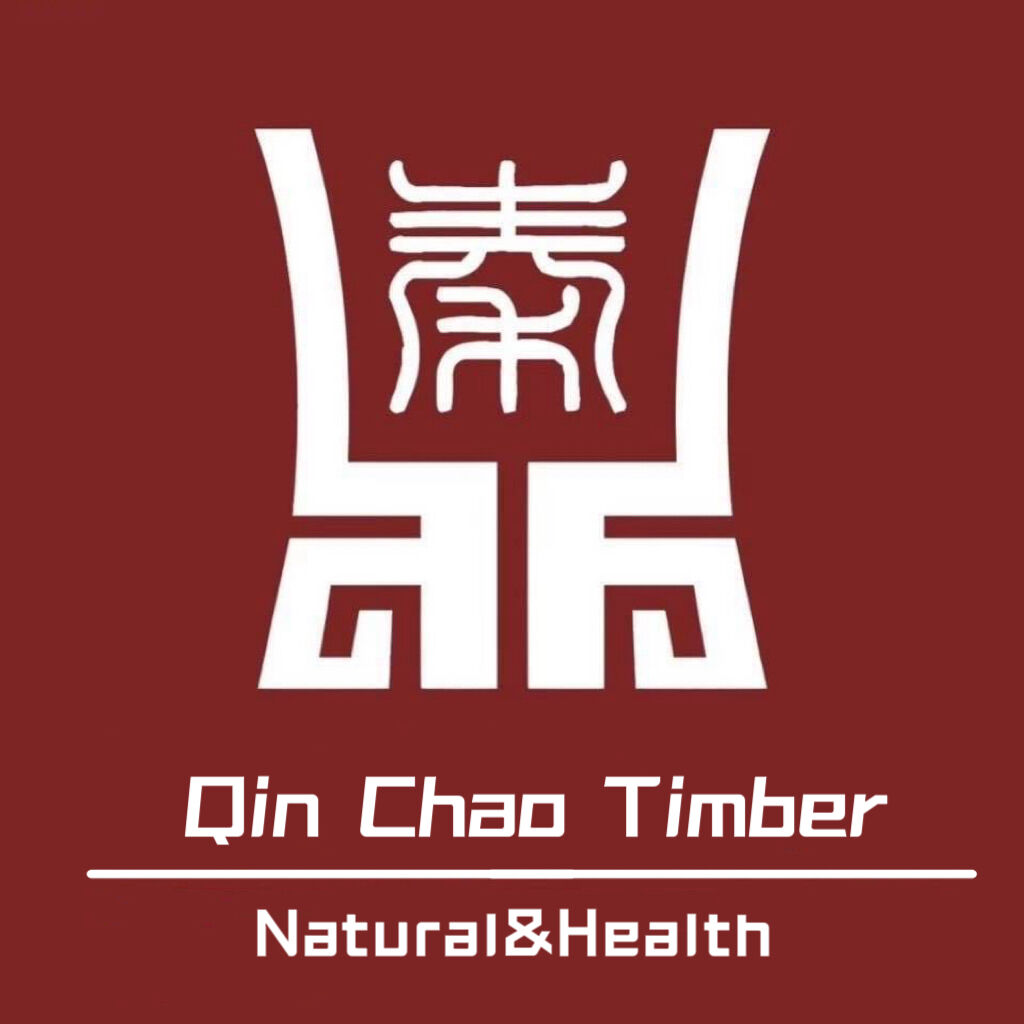When you’re picking wood for building or furniture, how long it will hold up is super important. So, let’s answer this: does thermally modified pine outlast regular pine? This post will break down what these two types of pine offer, how heat treatment works, and what that means for how long each one lasts.
What Is Thermally Modified Pine?
To make thermally modified pine, we heat the wood to about 350 to 500 degrees Fahrenheit while controlling the level of oxygen. This heats up the wood fibers and changes their structure. They lose moisture and some of the compounds that bugs and fungus like, so the wood fights off rot and pests much better. Because of this heat treatment, thermally modified pine outlasts regular pine, which is more open to mold, moisture, and insects. The same heat that toughens it also deepens its color, giving you a more visually appealing surface.
Why Thermal Modification is a Smart Move for Wood Lovers
Heat-treated pine stands out for its amazing durability. When pine goes through thermal modification, the process tightens the fibers and makes it harder for the wood to soak up water, the main culprit behind bending and rotting. Regular pine can easily fall victim to these issues, but the specially treated version just keeps its shape. Plus, bugs get the message that the timber is no longer a buffet, so infestations drop way down. In short, a deck, fence, or interior feature built from thermally modified pine stays beautiful and strong longer, needing way less fuss from owners or builders.
Lifespan that Counts
Check the math and you’ll see a massive difference. Thermal modification lets pine last up to three times longer than the untreated version. Run-of-the-mill pine usually handles the weather for just 5 to 10 years; heat-modified stuff edges over 15 years, depending on where it lives. This longer timeline can save owners headaches and dollars, be it for a backyard gazebo or a sleek commercial wall. Choosing thermally modified pine means choosing peace of mind.
Environmental Impact and Sustainability
Thermally modified pine offers impressive durability and backs it up with a responsible greenhouse footprint. The heat-based process leaves no toxic preservatives behind, so you can feel good about bringing it into your living space. Since thermally altered pine resists decay longer than ordinary pine, it uses less wood overall, naturally easing pressure on global forests. Whether you’re remodelling a living room, designing a green office, or picking patio decking, this wood fits neatly into the sustainable-building playbook that champion smaller footprints and larger panels.
Industry Trends and Future Outlook
From craft-to-copy furniture makers to high-rise contractors, thermally modified pine is fast becoming their secret weapon. New heat-tanks and heat chambers keep on squeezing colour and strength from a limited log, producing loads that pass modern moisture and fire tests. Designers are snapping it up, rinse; quality is going up, and the price is steadily catching down. Asphalt-school builders and forward-thinking DIY-ers, watch a conversation about “wood-leather looks” naturally fold in thermal pine. Availability is widening, green-building credit point-elloraine is handing checks, and, in the toasty work floors to branded stores, the trend is growing—exhibit from tour-to-scale proofs.
To wrap things up, thermally modified pine beats regular pine when it comes to lifespan, simply because it handles weather and wear much better. More and more shoppers are learning about what this wood can do, and it’s likely to become the go-to option for anyone after materials that last and are kind to the planet.


 Products
Products